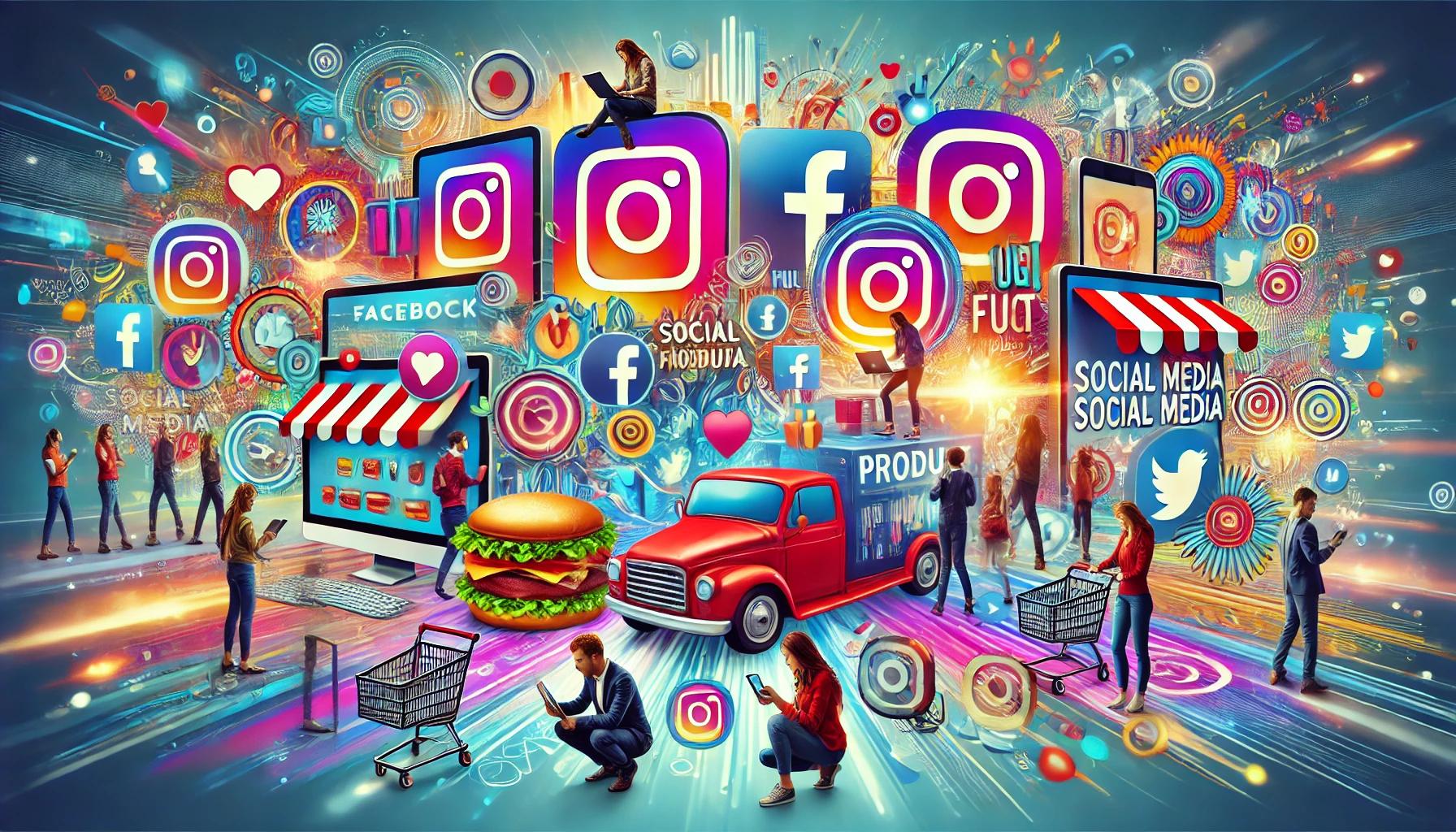The Role of Social Media in Promoting Products: How Brands Use Social Media to Increase Sales
Social media has long ceased to be just platforms for communication and have transformed into a powerful tool for promoting products and services. According to Statista, by 2023, the number of social media users reached nearly 4.9 billion people, representing enormous potential for brands of all sizes. How do companies effectively use these channels to increase sales, and what strategies work best?
1. Direct Communication with the Target Audience
Social media platforms provide brands with a unique opportunity to establish direct communication with their audience. Platforms like Facebook, Instagram, and Twitter allow companies not only to distribute information about their products but also to answer questions, collect feedback, and even conduct polls. This creates a sense of trust and emphasizes the brand's loyalty to the consumer. A Hootsuite study confirms that 80% of social media users prefer to interact with brands through these platforms.
2. Using Influencers
Influencer marketing has become one of the most popular strategies on social media. Influencers with large followings, from bloggers to celebrities, promote products by presenting them in a more lively and authentic context. Platforms like Instagram and YouTube offer a high level of engagement between influencers and their followers, which can significantly boost sales. According to a study by Influencer Marketing Hub, every $1 spent on influencer marketing returns an average of $5.20.
3. Social Media Advertising
Social media provides brands with the opportunity to run targeted ads aimed at specific demographic groups and interests, making advertising on social networks highly effective. Platforms like Facebook Ads and Instagram Ads offer advanced tools for campaign setup and analytics. According to a Sprout Social report, 54% of social media users explore a brand after seeing its ad in their feed.
4. User-Generated Content (UGC)
UGC (User-Generated Content) refers to content created by users themselves, such as photos, videos, and product reviews. Brands actively leverage this type of content to build trust around their products. According to Stackla, 79% of users state that UGC heavily influences their purchasing decisions, highlighting the importance of active engagement with customers on social media.
5. Social Commerce
Social commerce refers to the ability to purchase products directly through social media platforms. Platforms like Instagram already offer users a "shop" feature, where they can buy products without leaving the app. This simplifies the buying process, reducing the number of steps from discovering a product to making a purchase. According to eMarketer, social media sales are projected to reach $1.2 trillion by 2025.
6. Analytics and Data
One of the key advantages of social media for brands is the ability to collect data on user behavior. Analytics tools like Facebook Insights or Instagram Analytics allow brands to track how users engage with their content, which posts receive more interaction, and analyze demographic data of the audience. This helps brands adapt their marketing strategies, making them more effective.
Conclusion
Social media plays a crucial role in modern marketing, offering brands unique opportunities to increase sales, strengthen customer relationships, and build long-term loyalty. Using social media for promotion is not just a trend but a necessary component of any successful brand’s strategy.
Sources:
1. Hootsuite. "The Global State of Digital 2023".
2. Influencer Marketing Hub. "The State of Influencer Marketing 2022".
3. Sprout Social. "Social Media Trends 2023".
4. Stackla. "Consumer Content Report 2022".
5. eMarketer. "Social Commerce 2025 Projections".
